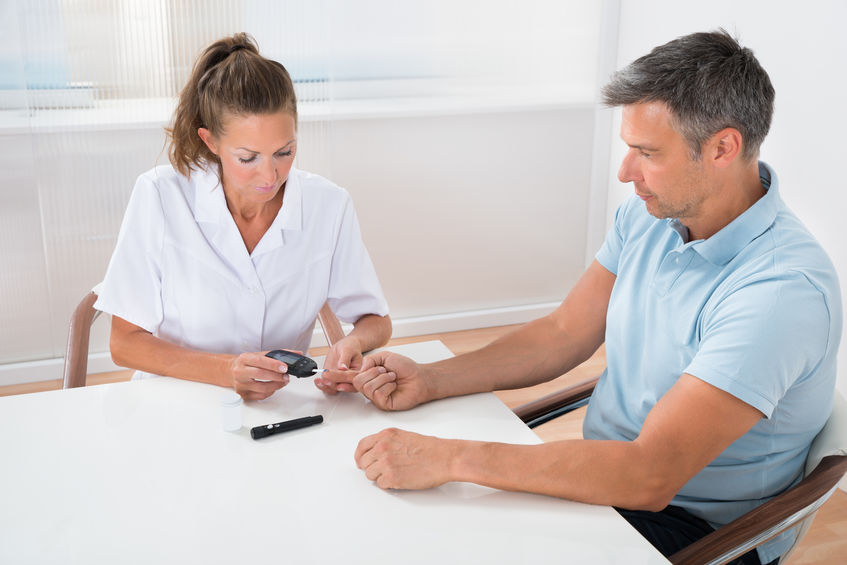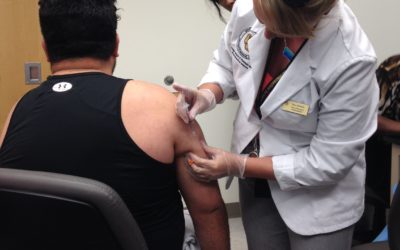Diabetes is a condition that often leads to irregularities in blood glucose (sugar) levels. Patients with diabetes may have to check their glucose levels multiple times a day to ensure it is not too high or too low, or to adjust medications and diet. Continuous glucose monitoring (CGM) medical device systems allow patients with diabetes to consistently check their glucose levels with few or no fingersticks. CGM devices work by inserting sensors just underneath the skin into the interstitial space, which is the space between blood vessels and cells. The sensor reads the glucose level of the interstitial fluid within the interstitial space. Glucose travels between the blood and the interstitial fluid which is why interstitial glucose levels can be used as an estimate of blood glucose levels, though they rarely match exactly. Traditional blood glucose meters, or glucometers, measure the blood glucose levels and therefore require fingersticks to obtain blood samples. CGM systems mostly remove the burden of fingersticks. This has put them in popular demand amongst diabetes patients. CGM also offers other beneficial features such as alarms for too low or too high of glucose levels. Additionally, patients can download their glucose data and are able to share their data with their doctors to help aid in adjusting their medications.
Dexcom G7:
There are multiple CGM brands, each with different systems that have varying features. Dexcom is one of the most prominent brands of continuous glucose monitors (CGM) used by patients with diabetes who need to consistently check their glucose levels. Dexcom’s latest CGM system, Dexcom G7, was approved by the FDA in December 2022 for people with all types of diabetes ages two years and older. The full launch campaign for Dexcom G7 began in the United States in February 2022. It is approved to be worn on the back of the upper arm for ages 2 years and older, or on the upper buttocks for people 2-17 years old. Some smart phones can be used as the device to receive the glucose readings from the sensors. Dexcom G7 can be linked to smart watches and popular health apps. It can also be integrated for use with some insulin delivery systems. There are some notable differences between Dexcom G7 and its predecessor, Dexcom G6, including:
- 60% smaller sensor
- 30-minute sensor warm-up period vs 2 hours
- 12-hour grace period to replace sensors
- Redesigned optional receiver (rather than a smart phone)
- Improved alert settings
- Simplified Dexcom Clarity app
- Smaller plastic components and packaging to result in less plastics waste
Continuous glucose monitoring devices can be useful and convenient tools for helping to manage diabetes. By providing real-time glucose data that can trigger individualized alarms when needed, it can help to enhance safety for diabetes patients who may experience low or high blood sugars. The glucose data can also be used by your physician to help safely optimize your diabetes medications. There is also the added benefit of minimizing t3+he needs for finger sticks to check blood glucose. If you are a person with diabetes and think CGM could be beneficial for you, ask your doctor about CGM.
Resources:












